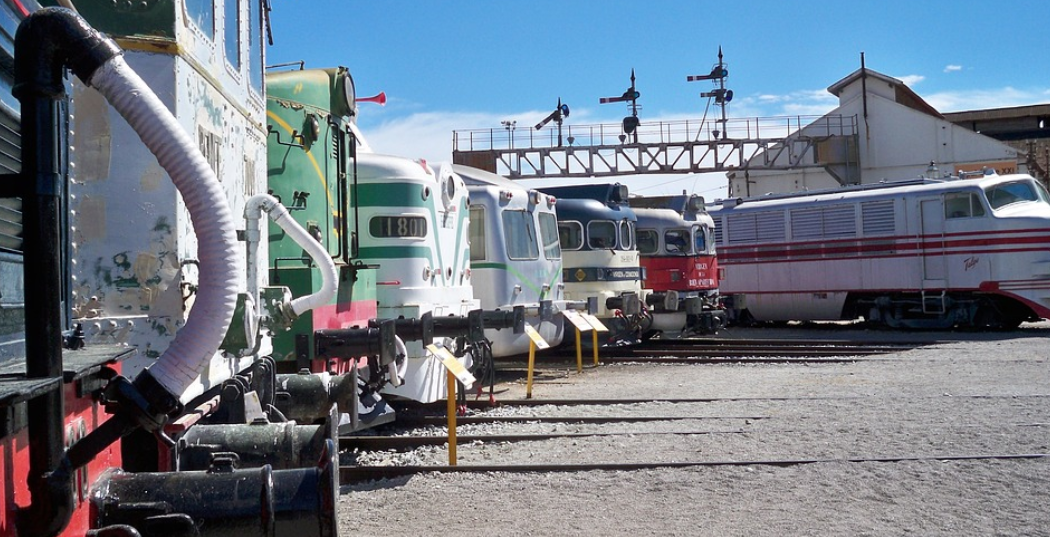What are High-Voltage Power Distribution Units?
Imagine a giant power plant, stretching out like a steel titan, sending electricity to cities and towns far and wide. But before that electricity reaches your cozy living room, it needs an incredibly strong, efficient, and controlled system to deliver it safely and reliably. This is where high-voltage power distribution units (HVPDUs) come in, their role as crucial cogs in the larger power grid machine that keeps our world powered.
High-voltage power distribution units are massive pieces of equipment designed for long-distance transmission and distribution of electrical energy at exceptionally high voltages— typically ranging from 13.8 to 765 kilovolts (kV) or even higher. These systems work on a grand scale, often spanning miles across land with lines that can be as thick as a house’s foundation.
Think of them as the “delivery truck” system for electricity. They take raw power from large generators and transform it to an easily manageable voltage for everyday use in homes, offices, and industries. These units are often found near power plants or major electrical substations, serving as vital intermediaries between the generating facilities and consumers.
The Importance of Efficiency
The efficiency of HVPDUs is paramount. They’re responsible for not only delivering energy but also minimizing energy loss during transmission—a crucial factor in reducing costs for both consumers and utilities. Energy loss happens due to factors like resistance in the electrical wires, heat generated by passing electrons, and changes in voltage along the way.
HVPDUs tackle these losses through various mechanisms: using high-quality cables and conductors with minimal resistance, employing advanced insulation materials that prevent energy leakage and corrosion, and optimizing their design to minimize unnecessary heat buildup. It’s like having a well-maintained delivery van—the more efficient the system, the less fuel is wasted
Efficiency isn’t just about saving money; it plays a vital role in environmental sustainability. Less energy loss translates into lower emissions of greenhouse gases, contributing to cleaner air and a healthier planet.
How HVPDUs Work
HVPDUs are complex machines built with multiple components working together seamlessly:
**1. Transformers:** These essential components “step up” the voltage of electricity from generators to a higher level, which is needed to ensure safe and efficient transmission over long distances. Transformers use powerful magnetic fields to change the amount of power flowing through wires.
**2. Circuit Breakers:** These are the safety valves of HVPDUs, designed to isolate faults and prevent potential damage or fires if a fault occurs in the system. They’re like traffic lights for electricity— they regulate the flow of electrons and ensure the system stays safe.
**3. Switchgear:** This complex network of switches and controls is responsible for isolating sections of the HVPDUs, allowing engineers to safely test and maintain the system without risking a whole-system shutdown.
**4. Communication Systems:** Modern HVPDUs are increasingly equipped with sophisticated communication systems that allow real-time monitoring of electrical currents, voltage levels, and any potential anomalies in the system. This enables faster problem resolution and more efficient maintenance.
The Future of HVPDUs
The world’s increasing energy demand—driven by our dependence on electricity for everyday life—is pushing the boundaries of HVPDUs, leading to exciting innovations:
**1. High-Frequency Power Grid:** With the rise of renewable energy sources like solar and wind power, a new technology called “high-frequency power grid” is gaining momentum. This system utilizes higher frequencies in electricity transmission to increase efficiency and reduce losses, paving the way for a more sustainable power grid.
**2. Smart Grid Technology:** Smart grids are transforming the way we use and manage energy consumption. These systems utilize sensors, communication networks, and data analytics to optimize energy use and demand response, further contributing to the efficiency and sustainability of HVPDUs.
The future of HVPDUs is bright. As our reliance on electricity continues to grow, these powerhouses will play a crucial role in powering our world with greater efficiency, reliability, and sustainability, ensuring that our lives are illuminated by clean and abundant energy for years to come!
